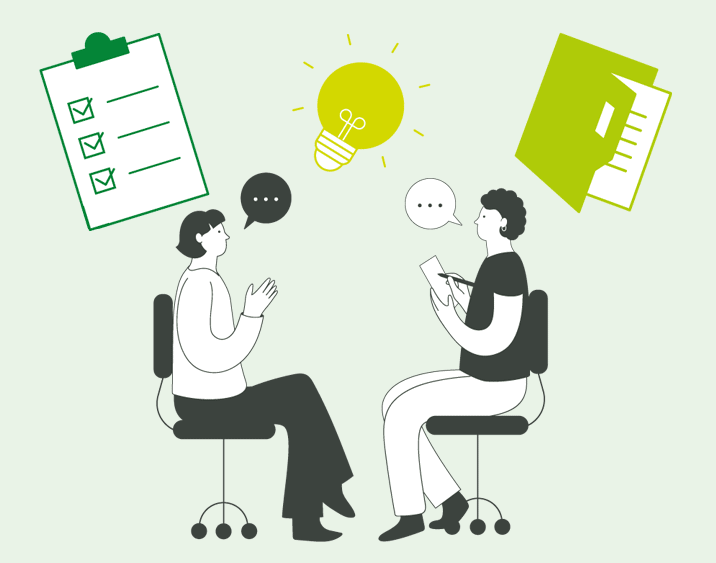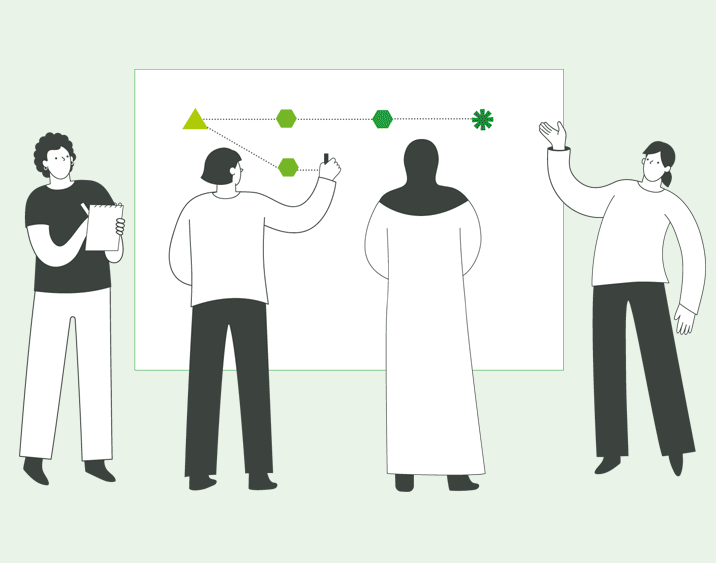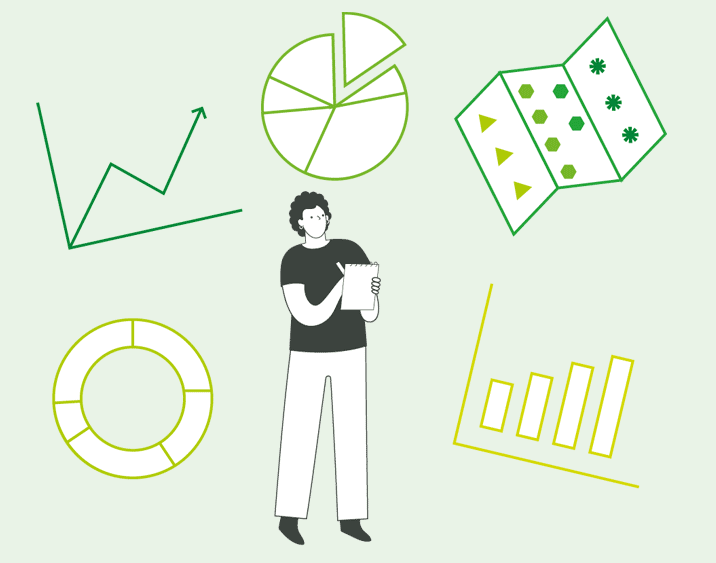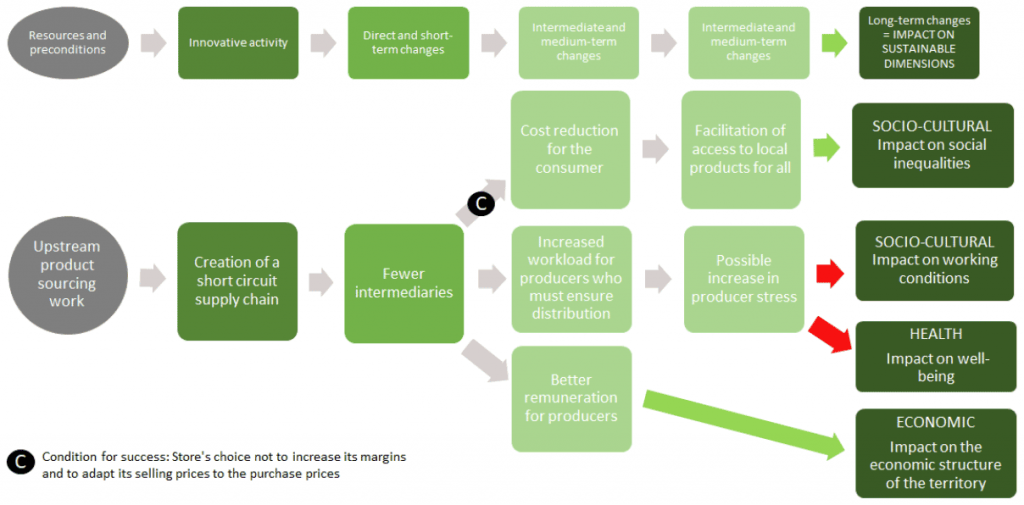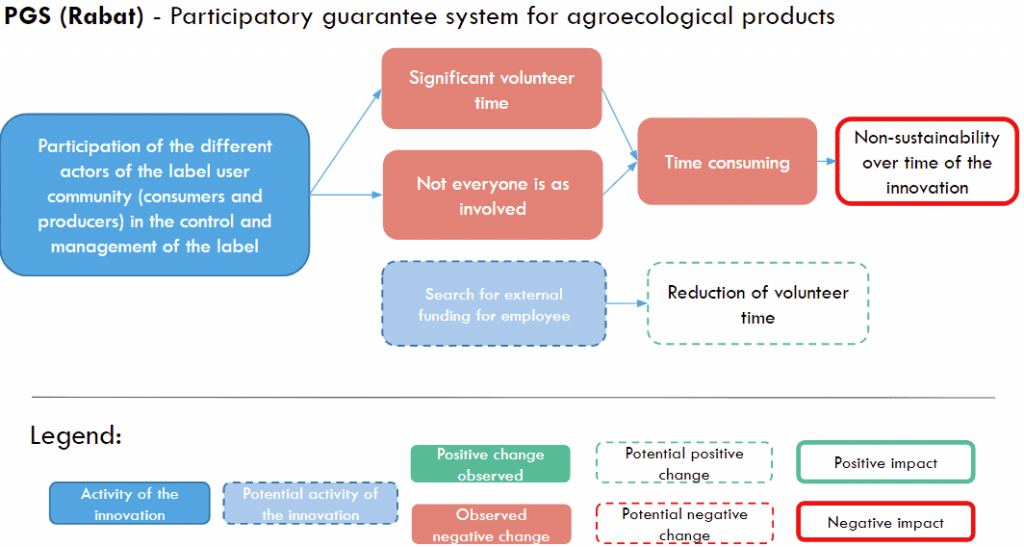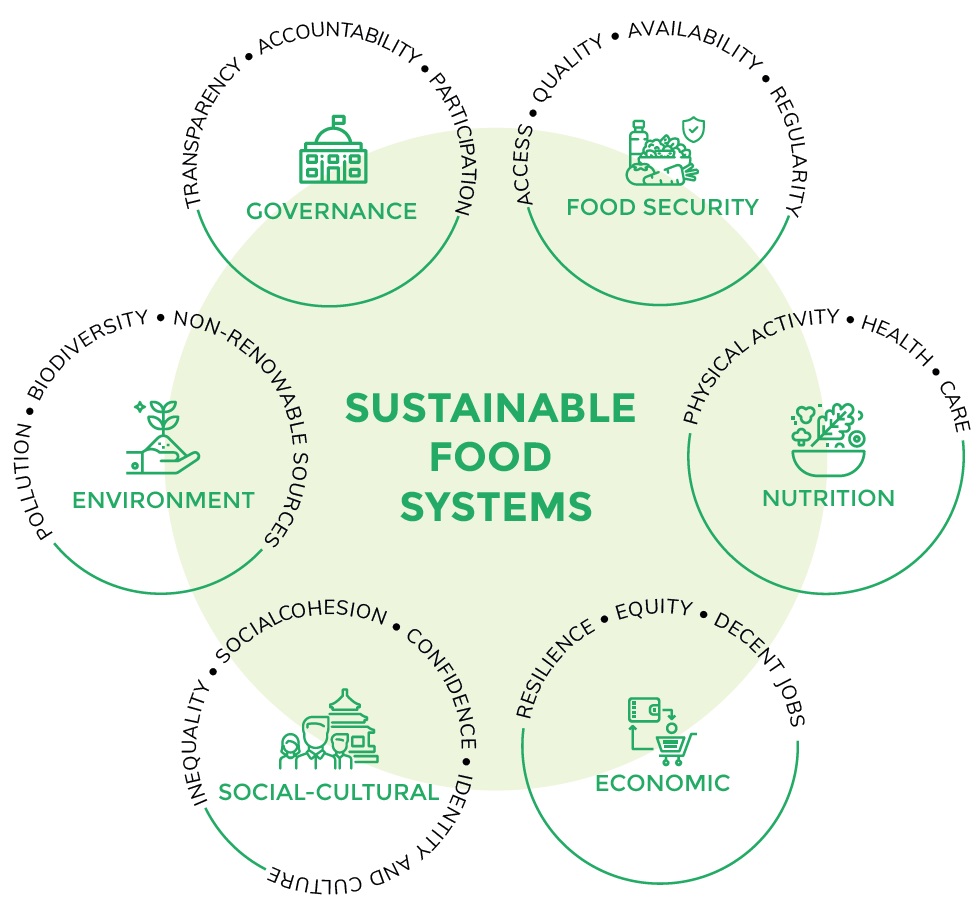Une fois identifiées les activités d’innovation pertinentes, vous devrez sélectionner les participant.e.s à l’atelier puis les inviter. Vous pouvez inviter des personnes qui ont été interrogées à l’étape 1 et/ou des personnes qui n’ont pas été interrogées.
Les dynamiques de pouvoir, la disponibilité et l’aspect pratique jouent un rôle dans ces décisions. N’oubliez pas que tous les invités ne pourront pas participer.
Le tableau ci-dessous fournit une checklist pour vous aider à sélectionner les participant.e.s à l’atelier.
Nous suggérons un minimum de 6 et jusqu’à 20 participant.e.s pour l’atelier. Au-delà de 20 personnes, il peut être difficile de gérer l’atelier, de garantir un temps de parole à chacun.e et d’assurer un échange ainsi qu’une production de connaissance de qualité.
Afin de garantir la participation de tous les acteurs et actrices présent.e s, on peut envisager d’autres types d’arrangements afin d’accueillir les gens selon leur profil, en tenant compte par exemple de l’âge, la langue, le niveau d’éducation, la distance géographique, les besoins d’accessibilité divers, etc. Par exemple, des déclarations peuvent être recueillies par le biais de groupes de discussion sur des sujets sélectionnés, organisés séparément, avant ou après l’enquête, afin d’offrir aux participant.e.s davantage d’opportunités d’interagir et de discuter.

Certaines personnes voudront participer à l’atelier par intérêt et par sens du devoir civique. Dans d’autres cas, il faut comprendre les besoins des différentes parties prenantes et leur faire savoir comment l’atelier Urbal et ses résultats les aideront. Par exemple :
- Les autorités publiques disposeront de davantage d’information sur la manière d’élaborer des politiques et des programmes pertinents.
- Les innovateur.ice.s comprendront mieux comment améliorer leur processus d’innovation et prendre des orientations plus durables.
- Les producteur.ice.s pourraient être intéressés car cela leur donne l’occasion de se connecter à de nouveaux réseaux et d’établir des liens avec les membres de la communauté.
- Les consommateur.ice.s, les bénéficiaires et les utilisateur.trice.s des innovations peuvent être intéressés par le fait de servir des intérêts publics, de partager leur point de vue ou d’améliorer l’innovation.
Pour compenser les contraintes de temps, d’accès ou d’argent des participant.e.s, vous pouvez envisager d’offrir, par exemple, des indemnités, des services de garde d’enfants, ou d’autres formes de bonification.
Profile:
Innovators-
People who developed the initial innovation concept.
Profile:
Policy-makers - as appropriate, this may not make sense for all innovation-
Interest in enabling (or not) the innovation through policy and program tools. Policy and programs at multiple scales that interact in good and bad ways.
Profile:
Experts-
Sustainability experts provide context for the innovation, insights on the sustainability dimensions and from other research, raise gaps or missing questions and provide support in the dialogues.
-
Ideally at least one urban food system sustainability expert would participate as well as specific sustainability experts as appropriate to the innovation. For example, economic, social, cultural, environmental, health or governance experts. They don’t need to be academic experts.
-
Experts should be informed of their role before the workshop so that they know what you expect of them. It is therefore a good idea to explain their expected role precisely when you invite them.
Profile:
People affected and affecting the innovation-
People directly or indirectly involved in enabling (or not) innovation. This will depend on the innovation and on whom and with whom it acts.
-
It can be: consumers, beneficiaries or users (retail, restaurant, canteen), managers, suppliers (food distributors, farmers, processors), competitors, other similar or related innovators, etc.
-
The more diverse the profiles of the people you involve, the more the dialogues will be enriched with different perspectives.
Profile:
Workshop and working groups facilitators-
It can be the person applying the method, a member of URBAL or someone else appropriate to this role. It also may make sense to hire a facilitator depending on your context.
-
The facilitators need to be distant enough from the workshop participants that people will feel comfortable speaking openly, they also need skills in facilitation and knowledge about how to use the goals of the Urbal methodology project.
-
Also keep in mind that during the workshop each working group needs a facilitator.




